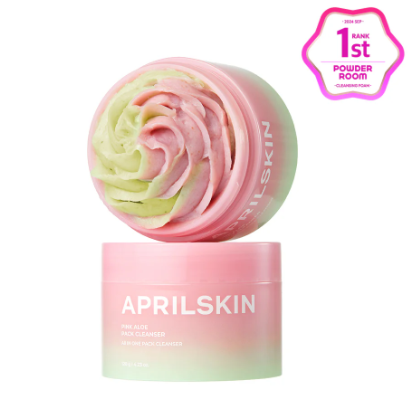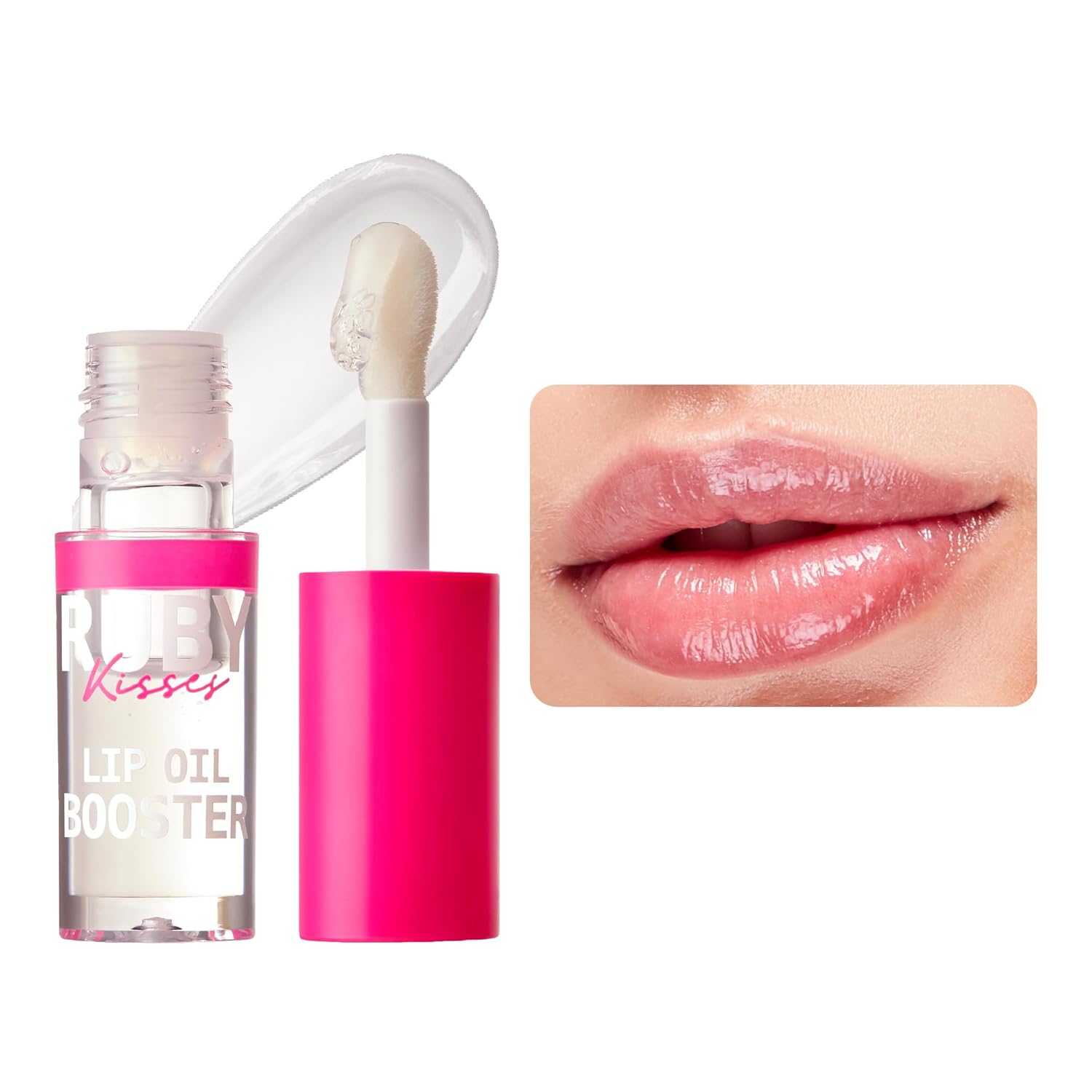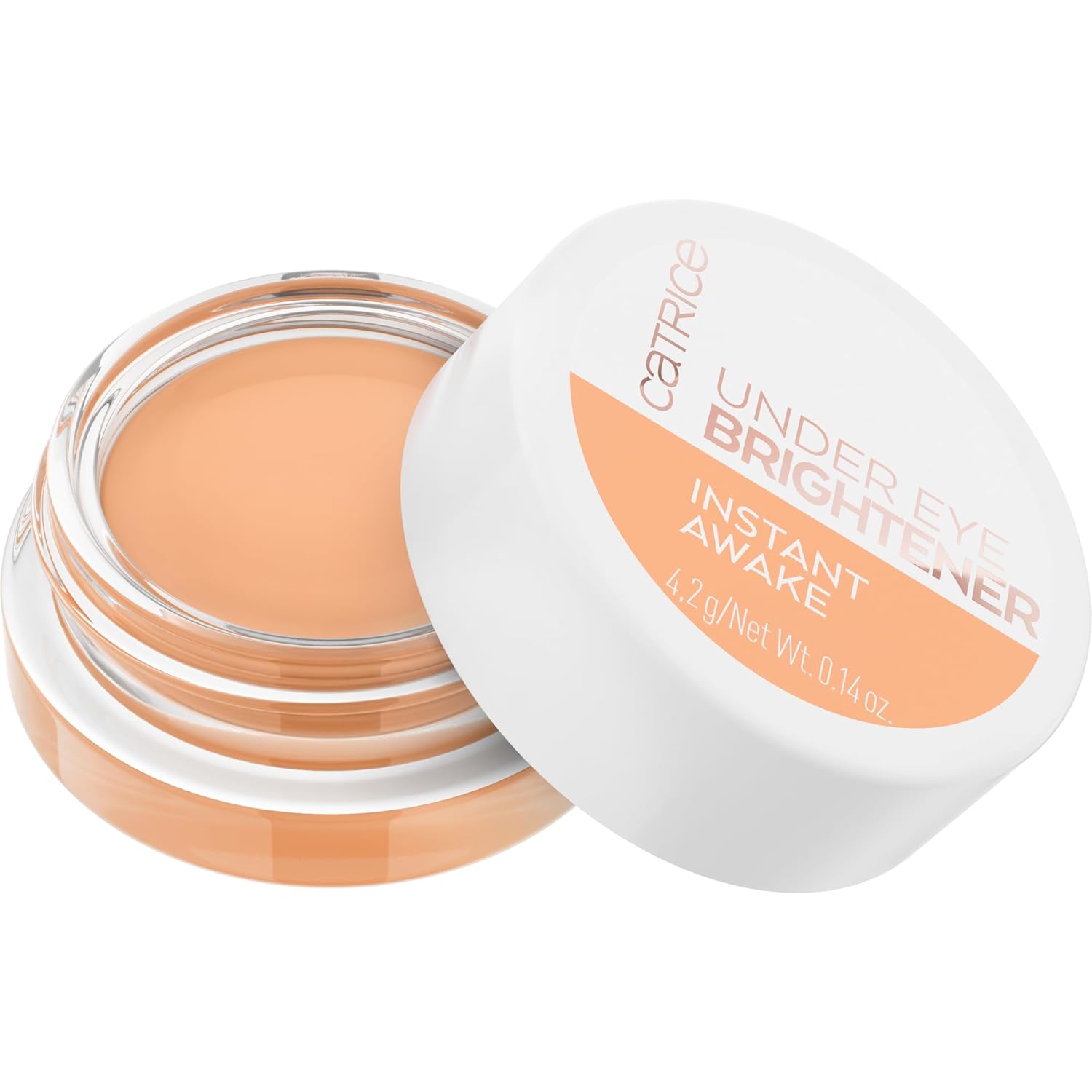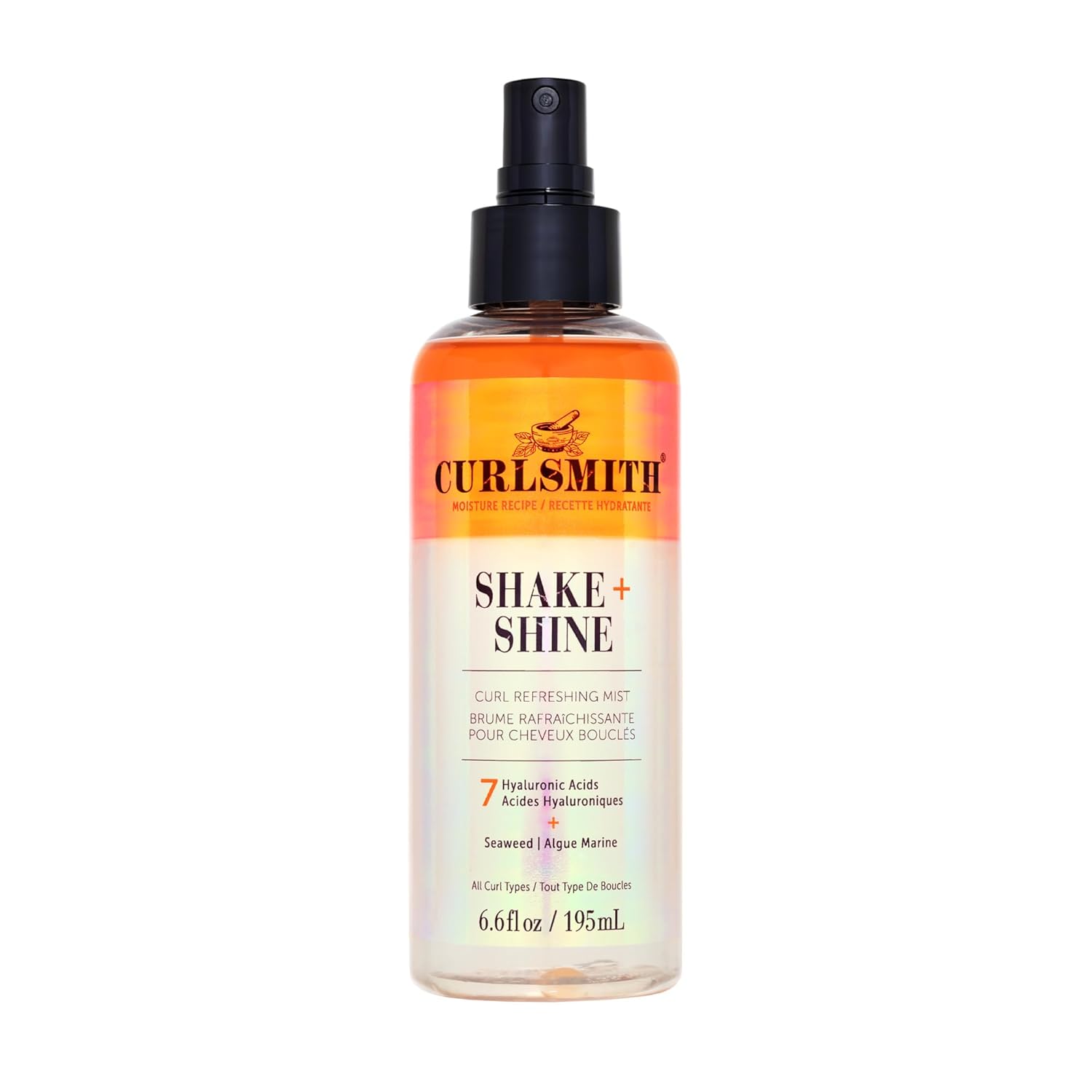
What is the curly afro?
The curly afro is a curl defined ‘fro, plain and simple. There is less teasing and structure to the curly ‘fro and less detangling too. With a traditional afro there is more manipulation to get the volume with the tight curls and coils and that often turns into a detangling nightmare when it’s time for wash day. The curly ‘fro is like a less defined twist-out or a volumized wash and go. There are several ways to achieve this style, either on freshly washed hair or old hair and we discuss both below.
Freshly washed hair
It is possible to achieve a sexy curly ‘fro on freshly washed hair and even keep the style for a few days. ZANJOO MOAM show us how she created a massive curly ‘fro on freshly washed hair in a two-part video series. The first video is sharing how she placed her hair in chunky twists and allowed them to dry overnight. The second video shows how she turns a chunky twist-out into a voluminous curly ‘fro easily with her fingers and an afro pick. She is not teasing her hair, but rather brushing through it with an afro pick to create fullness without removing the curl definition.
Pt. 1
Pt. 2
Old hair
Everyone does not want to create a ‘fro on freshly washed hair. For curly hair with more movement, a ‘fro may not be ideal or even possible on freshly washed, defined hair. I fall into this category and share my super simple method.
Sabrina’s curly ‘fro







My curly ‘fro is pretty simple. For me, third-day hair gives me the best texture for my curly ‘fro. On the third day of an excellent wash and go, my hair has lost some definition and shrinks tighter to my head. I simply take my dry hair and apply Oyin Hair Dew Daily Hair Quenching Lotion or another moisturizer all over my head concentrating on the ends to ensure they are frizz free and soft. I find a moisturizer gives my hair more than enough moisture while not making it too wet, causing the strands to fall or go limp. I scrunch it in all over, so there is minimal frizz and dryness before shaking and fluffing to desired fullness. I learned a long time ago that a ‘fro does not have to be a perfect circle. Mine looks better with a headband, but the finished effect is sheer frotastic curls!
If you have already lost your definition and want get it back, NaturallyGG shares her easy Bantu-knot out on stretched hair. It is simple, sets overnight, and can spruce up old hair that isn’t quite ready for wash day. I love her tips on achieving a more layered look or even faux bangs with the power of bobby pins.
How do you achieve a gorgeous curly fro?










